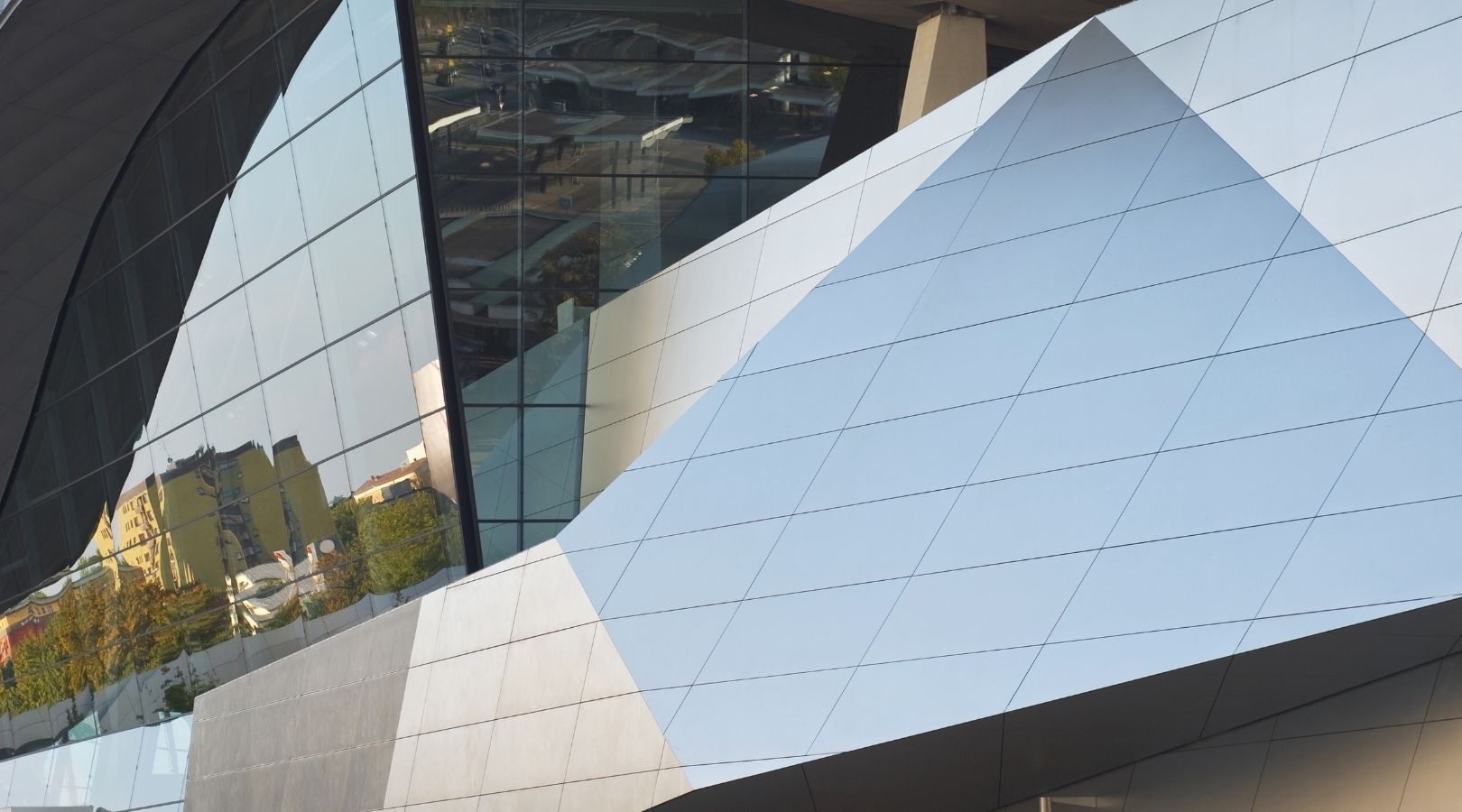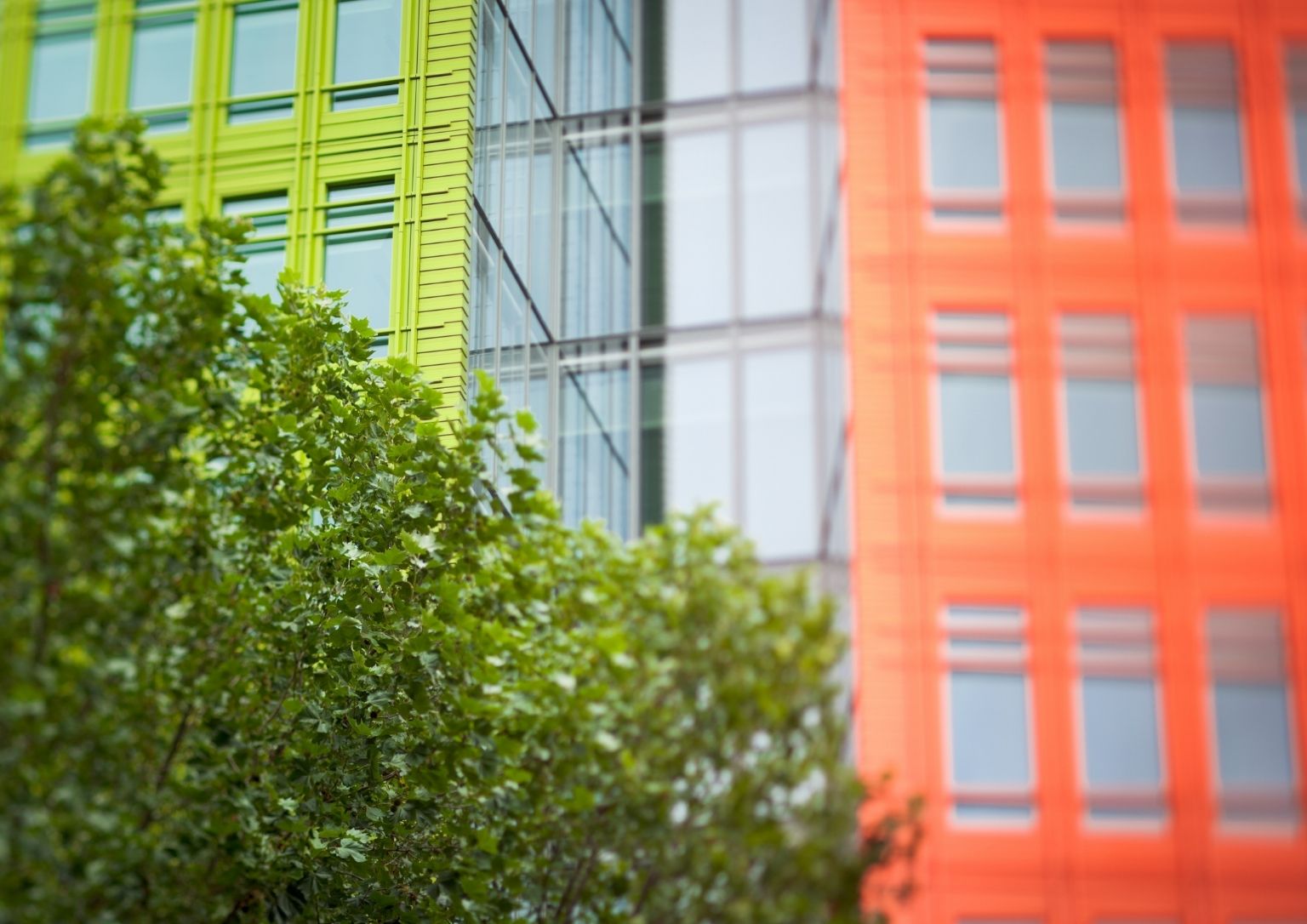
21st Century Green Movement Lays The Cornerstone for Sustainable Architecture
Throughout my career as an architect, I’ve always believed that sustainability ought to be much more than a lifestyle trend. Today, however, sustainability has so many apparent facets, that it is challenging to discern which claims are substantial, and which ones are merely “green-washing”. Because of its permanency and its profound influence on our long-term well-being and lifestyle habits, architecture is one powerful force that stands out from the multi-stranded messaging of “sustainability”.
Architects now employ several transdisciplinary strategies to promote environmental sustainability, whether through innovative materials and techniques or through geographic and social impact.


When buildings interface with landscapes or natural conditions, a facility ceases to be an independent object and instead integrates with its surroundings, supporting the union of architecture and the environment. This notion of organic architecture, which fosters harmony between human society and natural environments through the visual and physical integration of the structure with the original construction site, is where the link between environmental awareness and architecture began.


Many prominent architects of the 19th and 20th centuries were strong advocates of this design philosophy. These include Louis Sullivan, known to many as the “father of the skyscraper,” and his celebrated mentee Frank Lloyd Wright. The latter’s signature works institute prominent examples of innovative artistic and practical possibilities of organic architecture.
Innovative standards for green buildings could play a central role in sustaining the country’s environmental awareness, enhancing urban environments, and complementing its clean energy industries. As part of my vocation as an architect, I have always felt strongly about communicating to people and demonstrating techniques in building design to use natural resources and energy more efficiently, but always with a focus on the comfort and well-being of the end-user.

As an architect, nature is one of the most important inspirations in my practice. I believe that nature can inspire the most timelessly beautiful aesthetics and inspire the most elegant functional solutions.
Architect Romolo Nati
In my opinion, this marriage of style and function, which delivers both beauty and efficiency, is a vital principle of “green architecture.” This new, integration-driven design philosophy can be an essential guide in forming the future face of our cities, public spaces, and habitats.
Photos courtesy of Italpinas Development Corporation


